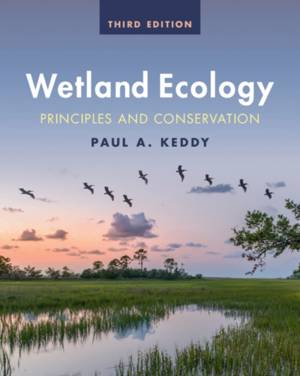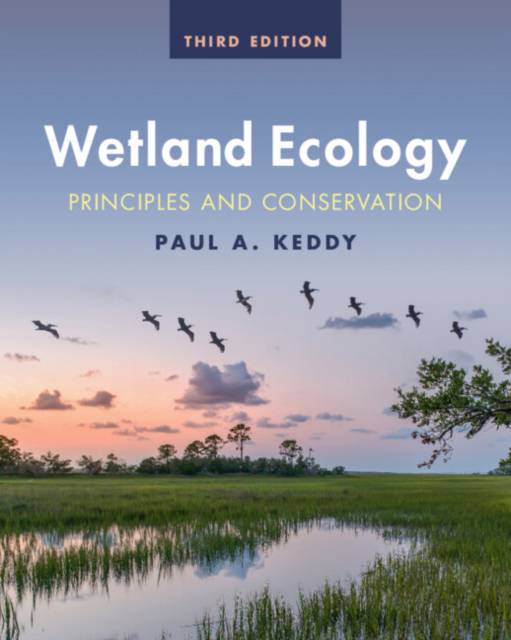
- Afhalen na 1 uur in een winkel met voorraad
- Gratis thuislevering in België vanaf € 30
- Ruim aanbod met 7 miljoen producten
- Afhalen na 1 uur in een winkel met voorraad
- Gratis thuislevering in België vanaf € 30
- Ruim aanbod met 7 miljoen producten
Zoeken
€ 93,95
+ 187 punten
Uitvoering
Omschrijving
Richly illustrated in colour and packed with examples from every major continent and wetland type, this third edition has been completely rewritten to provide undergraduates with a thoroughly accessible introduction to the basic principles. It divides the world's wetlands into six principal types and presents six major causal environmental factors, arranged by importance and illustrated with clear examples, making it easy for instructors to plan tailored lectures and field trips and avoid overwhelming students with unnecessary detail. It retains its rigor for more advanced students with sections on research methods and experiments, and over a thousand classic and contemporary references. Each chapter ends with questions that review the content covered and encourage further investigation. With expanded sections on topical issues such as sea level rise, eutrophication, facilitation and the latest approaches to restoration and conservation, the new edition of this prize-winning textbook is a vital resource for wetland ecology courses.
Specificaties
Betrokkenen
- Auteur(s):
- Uitgeverij:
Inhoud
- Aantal bladzijden:
- 566
- Taal:
- Engels
Eigenschappen
- Productcode (EAN):
- 9781009288644
- Verschijningsdatum:
- 28/09/2023
- Uitvoering:
- Paperback
- Formaat:
- Trade paperback (VS)
- Afmetingen:
- 203 mm x 254 mm
- Gewicht:
- 1165 g

Alleen bij Standaard Boekhandel
+ 187 punten op je klantenkaart van Standaard Boekhandel
Beoordelingen
We publiceren alleen reviews die voldoen aan de voorwaarden voor reviews. Bekijk onze voorwaarden voor reviews.











